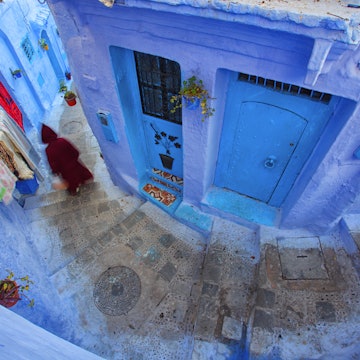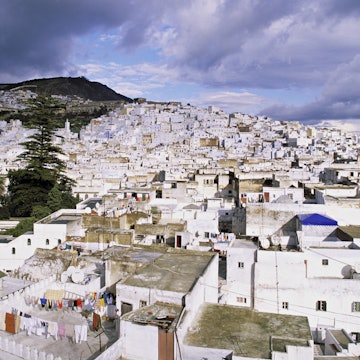
Overview
Caught between the crashing waves of the Mediterranean and the rough crags of the Rif Mountains, northern Morocco is one of the most charming parts of the country. Tangier, the faded libertine of a port that links Africa and Europe, has shed its shady past to enjoy a rebirth as fashionable Moroccan riviera. To the east, the coast is dotted with high cliffs and sandy coves; the area booms as a Moroccan holiday destination.
Leave the planning to a local expert
Experience the real Mediterranean Coast & the Rif Mountains. Let a local expert handle the planning for you.
Must-see attractions
Get a book. Get inspired. Get exploring.
in partnership with getyourguide























